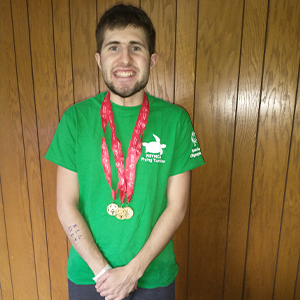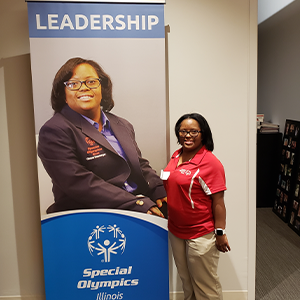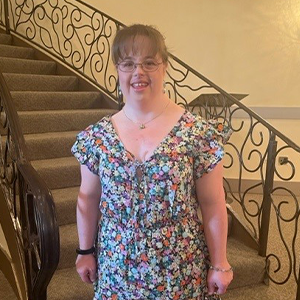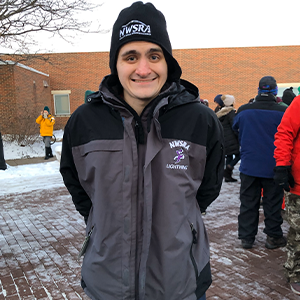Fitness: Engage, Motivate, and Include
- By Gabe Ryan
- Sep 15, 2023
- 0 Comments


Gabriel Ryan, School Health Blog Writer and Contributor
A couple of years ago, I was intrigued when I came across a workout video online with all the participants seated using wheelchairs, and the most enthusiastic, positive, encouraging fitness trainer I’d ever seen! I was glued to my screen. My initial feeling was shock, and I said to myself “this… is awesome, an engaging workout for people that use a wheelchair.” My feeling quickly turned to wanting to be a part of this experience and in no time, I was stretching, reaching, and moving with the music. This workout session was part of an Abilities Expo Conference. The trainer was Justin Graham with W.O.W. Wonders on Wheels. Recently, I learned that W.O.W. offers this wheelchair-friendly fitness class live online, so I signed up for a fitness pass. This was my first week participating and it was great fun! This experience prompted me to focus this month’s Access Angle on encouraging exercise and fitness for all.
The Commit to Inclusion video beautifully highlights aspects of inclusion in fitness and beyond. Great video! Commit to Inclusion is a campaign that supports guidelines and programming for people with disabilities to empower and promote healthy and active lifestyles through physical activities and nutrition.
A few related Access Angle blogs full of ideas to learn more about fitness and creating realistic goals for yourself or children/students you work with:
- Access Angle: A Fitness Focus: The First Step to Get Started is to START – Fitness goals and websites with sections dedicated to promoting a healthy lifestyle for people with disabilities.
- Access Angle: Stretch Yourself to the Limit: CanDo Multi-Grip Exerciser – Multigrip resistance bands with large and small loops for easy grip
Don’t forget to incorporate hydration! In previous posts, I have written about the Giraffe Bottle Handsfree Drinking System, which I use. No matter how you hydrate, keep in mind you may need to increase your intake as you increase your activity.
School Health has numerous fitness resources and supports. Browse through the School Health website under categories such as Sports Medicine, Special Education, Early Childhood, and Physical Education to find products and ideas to support a variety of fitness goals. School Health Physical Education is your one-stop shop for all things PE, including equipment and programs for those with differing abilities. For example, the Visual Exercise System offers a variety of premade, color-coded visuals that look like real people doing real exercises. The visuals facilitate communication and provide structure in exercise programs. The Exercise Buddy Pro is also a great tool that incorporates evidence-based practices, videos, and progress monitoring. These tools can help diverse learners better participate in physical education programs and stay engaged!
Fitness goals are different for everyone. Find an activity you love and most importantly…remember to have fun!











